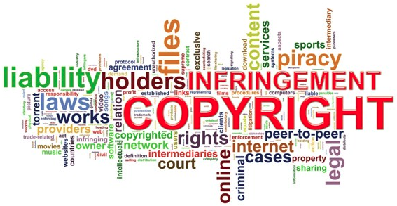
The principal criminal statute protecting copyrighted works is 17 U.S.C. § 506(a), which provides that “[a]ny person who infringes a copyright willfully and for purposes of commercial advantage or private financial gain” shall be punished as provided in 18 U.S.C. § 2319. Section 2319 provides, in pertinent part, that a 5-year felony shall apply if the offense “consists of the reproduction or distribution, during any 180-day period, of at least 10 copies or phonorecords, of 1 or more copyrighted works, with a retail value of more than $2,500.” 18 U.S.C. § 2319(b)(1).
The 1992 amendments to section 2319 have made it possible to pursue felony-level sanctions for violations relating to all types of copyrighted works, including computer software and other works written, stored or transmitted in a digital format, if the other elements of the statute are satisfied. Felony penalties attach only to violations of a victim’s rights of reproduction or distribution in the quantity stated. A misdemeanor shall apply if the defendant does not meet the numerical and monetary thresholds, or if the defendant is involved in the infringement of the other rights bestowed upon the copyright holder, including the right to prepare derivative works, or the right to publicly perform a copyrighted work.
There are four essential elements to a charge of criminal copyright infringement: (1) that a valid copyright; (2) was infringed by the defendant; (3) willfully; and (4) for purposes of commercial advantage or private financial gain. Attempts to infringe are prohibited to the same extent as the completed act. Conspiracies to violate the Copyright Act can be prosecuted under 18 U.S.C. § 371. A minority of courts also require that the government prove the absence of a first sale, and refer to this as a fifth element of a section 506(a) offense. However, the majority position is that the absence of a first sale is an affirmative defense.
The elements of criminal copyright infringement will be discussed in upcoming blog posts.
 Indiana Intellectual Property Law News
Indiana Intellectual Property Law News

